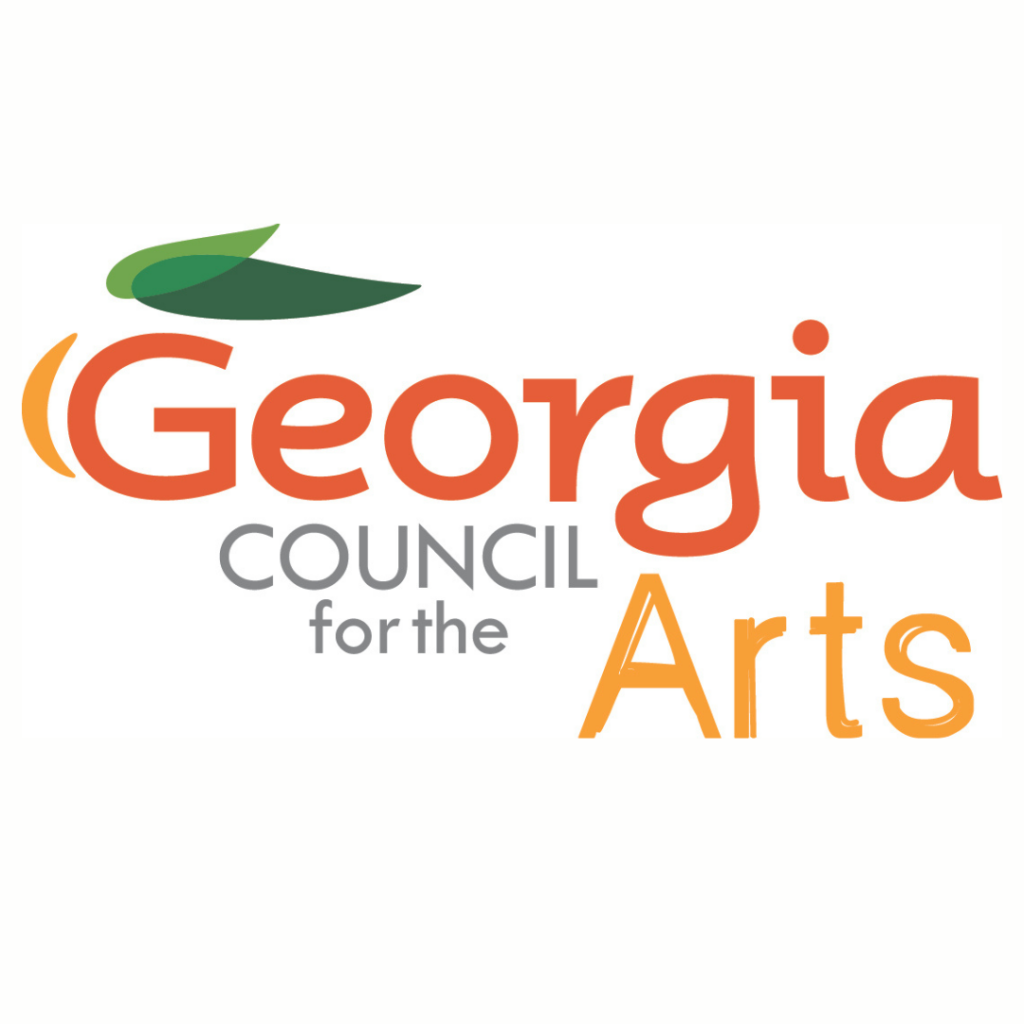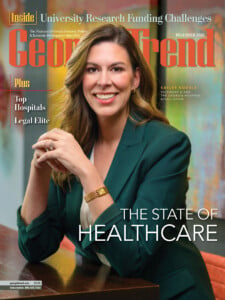Why We Need to Do More for the Arts
I was glad to see Cartersville Mayor Matt Santini’s quote in our October Georgia Municipal Association Roundtable about the impact of the arts – that it’s not talked about often enough. As Smokey Robinson would say, I second that emotion.
 I am not the only one who, young and on the move, fell in love with Georgia and stayed for, of all things, the culture. It helped that the attention brought by the 1996 Olympics introduced the world to Atlanta, and the spending galvanized Georgia’s arts community. Previously mostly known for Southern rock, soul and R&B artists from Macon like the Allman Brothers and Otis Redding and pop/alternative rock artists from Athens like R.E.M and the B-52s, Georgia started getting recognized for its rising megastars from Atlanta and other cities, and it brought a big spotlight to our music scene.
I am not the only one who, young and on the move, fell in love with Georgia and stayed for, of all things, the culture. It helped that the attention brought by the 1996 Olympics introduced the world to Atlanta, and the spending galvanized Georgia’s arts community. Previously mostly known for Southern rock, soul and R&B artists from Macon like the Allman Brothers and Otis Redding and pop/alternative rock artists from Athens like R.E.M and the B-52s, Georgia started getting recognized for its rising megastars from Atlanta and other cities, and it brought a big spotlight to our music scene.
Georgia Council for the Arts released some interesting data last year. An Americans for the Arts study, called Arts and Economic Prosperity 6, surveyed arts and culture nonprofits and event attendees and found a nearly $1.3 billion annual impact supporting around 20,000 jobs. In 2022 alone, 16.6 million people attended nonprofit arts and culture events, generating more than $49 million in state and local taxes.
If this seems low – Savannah received nearly as many visitors a year in 2023 – remember that the U.S. didn’t end its public health emergency for COVID-19 until May 2023. The methodology is now available on the Georgia Council of the Arts website. IMPLAN, short for Impact Analysis on Planning, was originally created for the U.S. Forest Service but has found wider use by other entities, and communities can use it to tailor their arts investments to look at ROI over 40 years.
But is it really all about economic impact? One stat that emerged from the study was that over 90% of attendees surveyed agreed that the activity or venue related to their survey was “inspiring a sense of pride in their neighborhood or community” and that they would feel a great loss if it shuttered.
Good arts, like good sports, gives us the common currency and pride we need to get along regardless of differences.
Arts organizations usually form as an extension of the community they serve. In Atlanta, part of my vision for Eyedrum back in the ’90s was a venue close to both MARTA and Downtown college students, who wouldn’t have to drive there. We sought to fill a need for 250,000 college kids around the metro area, many far removed from cultural venues, and we did so using pure gumption, no resources and a bold vision for exciting music and art programming. Continued by like-minded idealists, Eyedrum has since moved locations but has also secured support and is thriving to this day.
Not all cultural nonprofits succeed, but the ones that do offer more than neighborhood resources – the programming reflects the identity of a community. When local issues get too thorny, we can take solace in the fact that predominantly local entertainment tends to be less vacuous than the broader and more expensive offerings of commercial culture.
People are smarter than you think. No one wants to be spoon-fed bland peas. Good arts, like good sports, gives us the common currency and pride we need to get along regardless of differences. Because the best cultural offerings transcend the locality of our circumstances even as they celebrate them.
Georgia Council for the Arts, now under the Georgia Department of Economic Development, awarded more than $5 million to such organizations in Fiscal Year 2024 – supporting the wider Georgia arts community as well as offering assistance to communities whose residents may have read Mayor Santini’s comment and thought, ‘Maybe I should do more to bring the arts here.’ In July the GCA announced $1.3 million in competitive grants to 104 nonprofit organizations from St. Marys Children’s Theatre to Summerville’s Paradise Garden.
I have to also say that $5 million is not a lot – Georgia is ranked last in the country on the per capita amount it spends on the arts. In fact, while Georgia has the country’s eighth largest GDP ($883 billion, according to the U.S. Bureau of Economic Analysis) and plans to spend $37.7 billion overall in FY2026, North Carolina, which spent $12.4 million on the arts in 2025, generated $2.23 billion in economic activity from its nonprofit arts and culture industry in 2022, supporting 38,000 full-time jobs. The fragile network of resources for the arts is propped up by cities, counties and entities like the Woodruff Foundation, but it’s not enough, especially after federal cuts. The return on investment is a good argument. But frankly, the community need is paramount. We need community that only the arts can provide. And that impact is immeasurable.
Ben Young is Editor-in-Chief and Publisher of Georgia Trend. | byoung@georgiatrend.com






